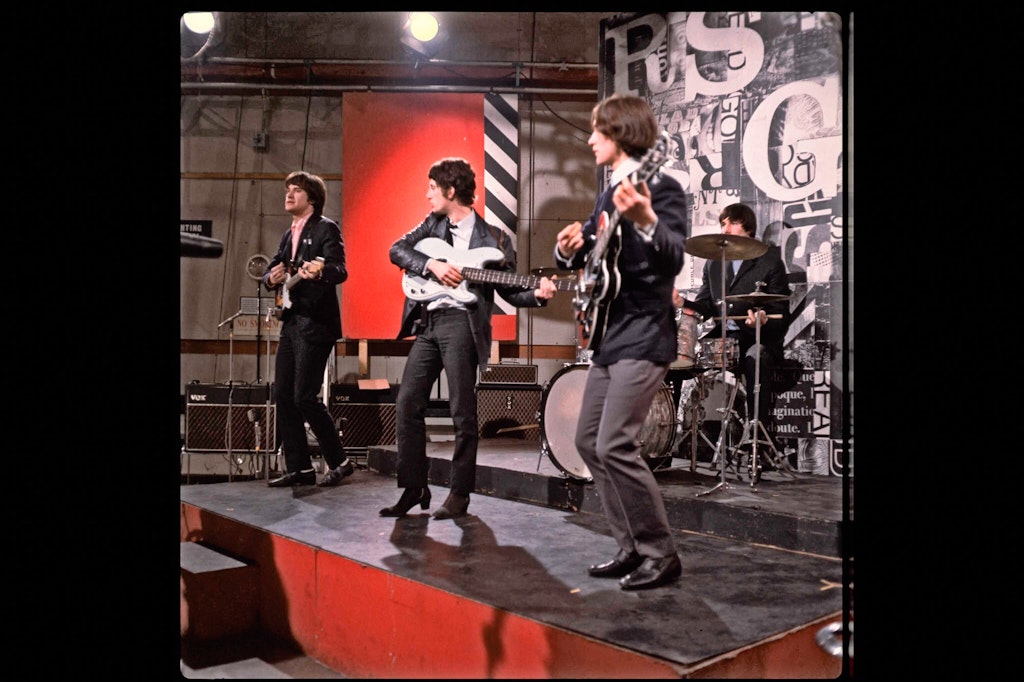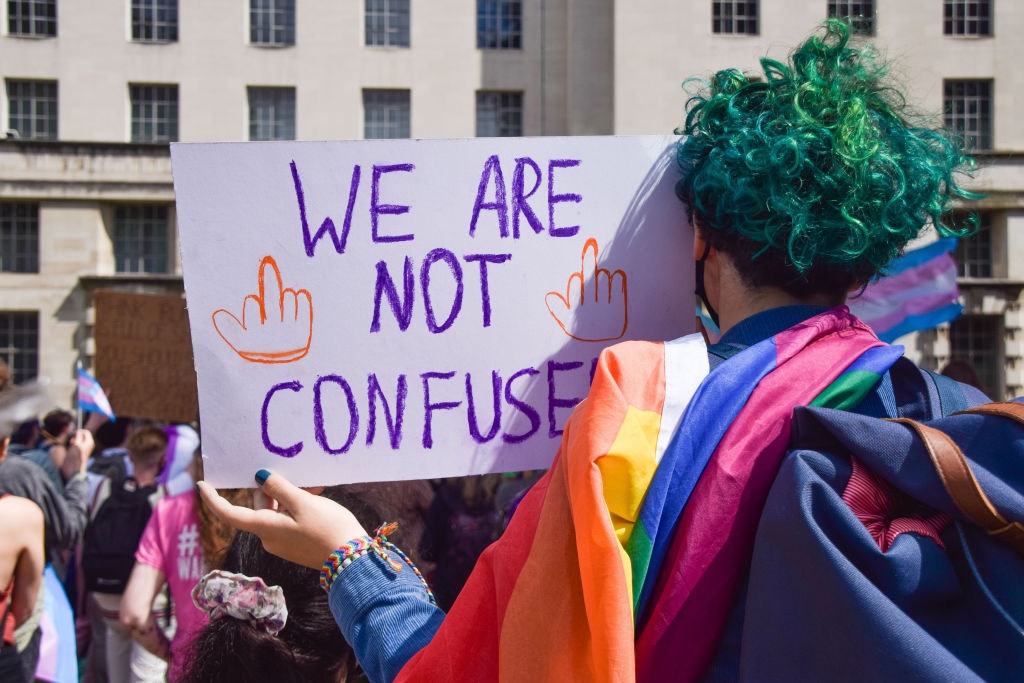Scapegoat of a paranoid era
Anne Sebba’s book on Ethel Rosenberg is a towering memorial
This article is taken from the June 2021 issue of The Critic. To get the full magazine why not subscribe? Right now we’re offering five issue for just £10.
One of the most poignant documents I have ever read was a private letter, reproduced in the American press, from a mother to her two sons aged ten and six. It was dated 18 June 1953 and began: “Dearest Sweethearts, my most precious children,” later adding: “Your Daddy, who is with me … sends his heart and all the love that is in it for his dearest boys.”

Then, amid a few lines of moral advice, she enjoins her sons to “be comforted”, and concludes by urging them to “always remember that we were innocent and could not wrong our conscience. We press you close and kiss you with all our strength. Lovingly, Daddy and Mommy.”
“Daddy and Mommy” were Julius and Ethel Rosenberg. And the innocence Ethel was protesting was of the charge of espionage, specifically the passing of American atomic research secrets to the Soviet Union, for which they were both facing death by electrocution the following day in Sing Sing prison, New York. Ethel’s ante-mortem message would be the last that the two boys, Michael and Robby Rosenberg, would receive from their parents.
Given these circumstances, together with Ethel’s belief that she had done nothing wrong — and the fact that she was utterly devoted to her children — it is barely possible to imagine the state of mind in which Ethel Rosenberg was able to write with such tenderness, stoicism and determination, qualities that had seen her through her short life. A talented singer who dreamed of an operatic career but was diverted by a commitment to communism at a moment when America and Russia technically were allies, this outwardly ordinary, inwardly complex, American Jewish woman is the subject of Anne Sebba’s powerful biography.
Of the many threads in Sebba’s intricately structured narrative, three stand out: nation, community and, above all, family. Ethel’s parents, Barney and Theresa Greenglass, came separately to New York as part of an early twentieth-century wave of Jewish immigration from central and eastern Europe focused on the Lower East Side. Barney had a son, Sam, from a previous marriage; and, after Ethel, who was born on 28 September 1915, Barney and “Tessie” produced two boys, Bernard and David. Tessie conspicuously favoured the boys, especially David, the youngest. But, to Ethel, who also adored young David, Tessie was an unloving and dismissive tyrant.
Ethel was not easily cowed, however. Despite its ambient poverty, she found the Lower East Side an inspiring environment in which to develop and cultivate her ambitions. This was especially true of her time at Seward Park High School on Hester Street, where she was enrolled at the age of 11 and where, over a handful of years, students, virtually all of whom were the children of Jewish immigrants, included future Hollywood stars Walter Matthau, Sammy (later “Zero”) Mostel, and Bernie Schwartz (later “Tony Curtis”).
Ethel’s own performing talent was partly the vehicle that carried her into the realm of American communism. As a girl, she appeared in plays, including Romeo and Juliet, but singing was her forte. She was a high soprano and joined the Schola Cantorum choir, which performed at Carnegie Hall under the batons of some of the world’s most eminent conductors. Anne Sebba says it is “likely” that Ethel Greenglass sang in performances conducted by Arturo Toscanini and Otto Klemperer.
But, having left school and unable to afford joining Schola Cantorum on tour, Ethel obtained a clerical job, and sang solo at rallies of the Workers Alliance, a socialist group with links to communist organisations supporting the unemployed. She also joined a union and was one of the prime movers of a strike after the president of her employer’s company refused to listen to members’ concerns over pay and working conditions.
As a twenty-one-year-old singer topping the bill at a fundraising event for the International Seamen’s Union, Ethel, uncharacteristically, had an attack of nerves before taking the stage. An eighteen-year-old engineering student — Julius Rosenberg — happened to be standing nearby. Not only did he help Ethel overcome her nerves but in later years he would recall, “I have loved her ever since that night,” and that, whenever he heard her sing, he knew that “nothing can part us”.
Anne Sebba’s account of Ethel’s progress from schoolgirl to activist vividly captures the sounds, smells and loud, dizzy atmosphere of New York’s Lower East Side, where she grew up among the Yiddish-speaking Jews to whom, in the words of one of their number, “Rivington Street is only a suburb of Minsk.”
Sebba also considers the allure, to a couple like Ethel and Julius, of communism with its “miraculous” vision of an egalitarian, caring society and its implacable hostility towards fascism (a perception that, for younger American communists, outlived even the Molotov-Ribbentrop pact of 1939). Also hooked was Ethel’s kid brother David Greenglass and his wife Ruth.
It seems there are varied accounts of how Julius, who became a qualified engineer, gathered secret information, once he had been recruited at one of many communist gatherings and allotted to Alexander Feklisov, his New York-based handler from Moscow. But Sebba does not question Julius’s enthusiasm for assisting a nation that he saw as a “brave and valuable friend in the fight against fascism” to attain the level of a feasibly alternative way of life to that of the United States.
Of the many threads in Sebba’s intricately structured narrative, three stand out: nation, community and, above all, family
And when Ethel’s brother David, who had been called up into the army, was transferred to Los Alamos, where leading Western scientists were working on the production of America’s atom bomb, Julius asked him to supply whatever he could discover. As a humble non-scientific machinist, David was unlikely to come across anything recognisably significant. Nevertheless, he set about his mission with relish.
But, as David and Ruth’s commitment to the cause intensified, relations between the Greenglasses and the Rosenbergs deteriorated. Ethel’s social circle continued to be made up largely of Jewish communist sympathisers — which was nothing unusual in her part of New York — but looking after her two young children took precedence over any active political involvement.
And so, events continued to unravel until the arrests and the opening, in March 1951, of one of the most famous trials in United States’ history. Throughout, Sebba sets everything in its social and historical context. She takes us through the febrile beginnings of the Cold War, describing American paranoia — manifested in a fear that Stalin was intent on dropping a bomb on Washington — and its poisonous excrescence, McCarthyism. She notes, too, the prevalent prejudice against Ethel based upon a media-fanned misperception of her as the dominant party in the marriage, thereby detracting from the 1950s model of wives as submissive homemakers.
Sebba’s reconstruction of the trial itself, from jury selection to jury verdict, with its multiple dramatis personae, is gripping. At this distance, reading the heavily weighted conduct of the judge, Irving Kaufman, in the prosecution’s favour, and the sadly disadvantaged performance of the defence, is startling.
David Greenglass was among the defendants and received a 15-year prison term. It might have been worse had he and his wife Ruth (who was not charged) refrained from alleging that the Rosenbergs had forced David into his misdeeds. This palpably untrue transference of guilt by a brother she had “cared for like a mother” was, for Ethel, the unkindest cut of all.
So, were those accusers, from the new President Eisenhower down, right in suggesting that Julius and David’s assistance to the Soviet Union could potentially have caused millions of American deaths?
Sebba reveals that, by the time of the Rosenbergs’ execution, “US intelligence had cracked the codes and deciphered thousands of intercepted cables sent to the Soviet Union by American agents.” Out of 3,000 transcripts (not made public until 1995) only 19 mention the Rosenbergs — Julius by a code-name, Ethel by her real name. And she is mentioned only once, as “a devoted person”.
As the legal proceedings developed, and particularly after Judge Kaufman’s sentencing, protests and demands escalated for Ethel, mother of two young children, to be spared the electric chair. But Eisenhower, the Appeal Court and, if Kaufman is to be believed, God, all said no.
Seventy years on, Anne Sebba has given Ethel Rosenberg a towering memorial.
Enjoying The Critic online? It's even better in print
Try five issues of Britain’s newest magazine for £10
Subscribe














